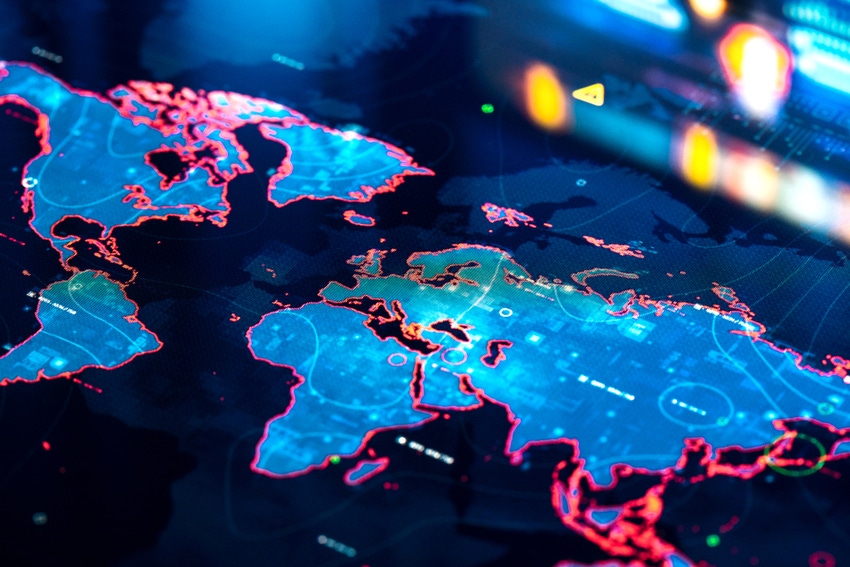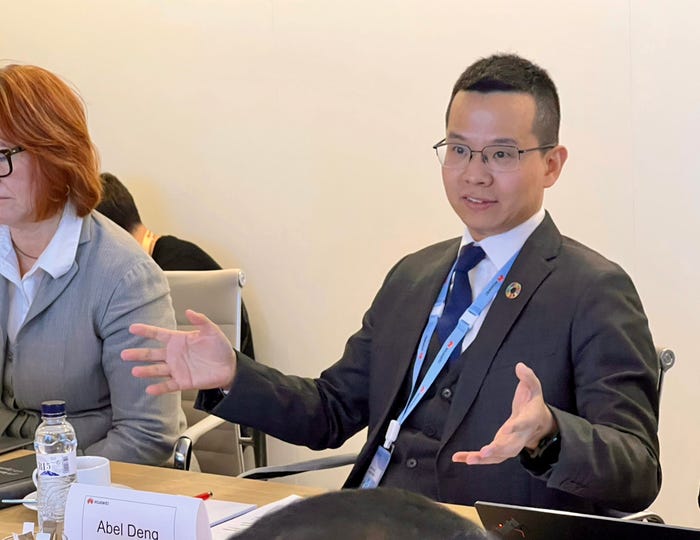April 11, 2023

Teaser: In 2022 the company invested nearly 25.1% of its total revenue in research and development.
The average age in the Asia-Pacific region is only 30.2 years old, and unicorns are growing explosively. Driven by the continued demand for ICT infrastructure and the rich digital content of consumers, the Asia-Pacific region has entered a golden age of digital economy and ICT infrastructure development.
With the opening of the epidemic and the gradual recovery of the economy, the revenue forecasts of most operators are positive growth, which has injected great confidence into the development of the industry.

Speaking at a media briefing on the sidelines of Mobile World Congress earlier this month, Abel Deng, President of Huawei’s Asia-Pacific Carrier Business, told a group of journalists that the APAC region is one of the most important markets for the company and Huawei has developed a number of innovative products targeted at improving customer experience in the region and making networks more power efficient.
Operators in the Asia-Pacific region are experiencing a period of rapid 5G development. Meanwhile, 4G traffic keeps increasing. While consider the coordinated development of 4G and 5G, Huawei proposed leading solutions to help operators build networks with ultimate performance, 4G and 5G synergy, and optimal TCO to ensure ultimate 5G performance and experience. “Our investment is growing,” Abel Deng said. “We are bringing a lot of new products to market.”
For example, Abel Deng pointed to the company’s upgraded MetaAAU, a massive MIMO product. It is the first ELAA AAU in the industry, which supports full-band. When combining MetaAAU with an extremely large antenna array (ELAA), MetaAAU can achieve optimal energy efficiency and ultra-low power consumption. In addition, when combining MetaAAU with C-band, Abel Deng said it can provide energy savings of 30% for operators. “We bring the green equipment to customers,” he said.
Plus, when there is limited space for installation, Abel Deng said that Huawei has Meta BladeAAU, which combines MetaAAU and Blade technologies and allows all sub 6-GHz bands to be deployed on a single pole.
Digital economy development in APAC region demands 5G and even 5.5G
Asia-Pacific economic development and demographic dividends bring incremental development space for operators.
The APAC market is particularly promising in the post-COVID era, Abel Deng said, because the region’s economy is recovering quickly and many companies are “embracing the digital economy.” Because of this, Huawei expects there to be a big opportunity on the underlying telecom infrastructure in the region.
5G and 5.5G will bring new connection dividends to Asia-Pacific operators. Countries in the region are fully engaged in digital transformation.
The impetus behind 5.5G is for operators to deliver 10x faster speeds and lower latency so that users can have a truly immersive experience with virtual/augmented reality as well as provide the automation necessary for industries to improve productivity and automate their production lines.
Abel Deng also said that many operators are trying to transform and grow their business by embracing fixed mobile convergence (FMC) and attracting more enterprise customers. 5.5G can help with this because the faster uplink speeds and lower latency will facilitate some of the key enterprise use cases.
For example, Abel Deng said that Huawei is working on a smart-mine use case, in which 5G is used to make coal mines more efficient and safer by using 5G-enabled autonomous trucks, reducing the risk to workers. “Customers are excited to see 5G improve their productivity,” Abel Deng said, adding that in some of its smart-mine use cases, productivity can be improved by 80%.
In addition, Abel Deng said that operators embracing automation. “We are trying to bring the real autonomous network to the operator.”
Huawei continues to demonstrate leadership in 5G and 5.5G and work with its APAC region customers to deliver high performing products that improve customer experience while at the same time providing power efficient networks.
About the Author(s)
You May Also Like









.png?width=300&auto=webp&quality=80&disable=upscale)


_1.jpg?width=300&auto=webp&quality=80&disable=upscale)


.png?width=800&auto=webp&quality=80&disable=upscale)